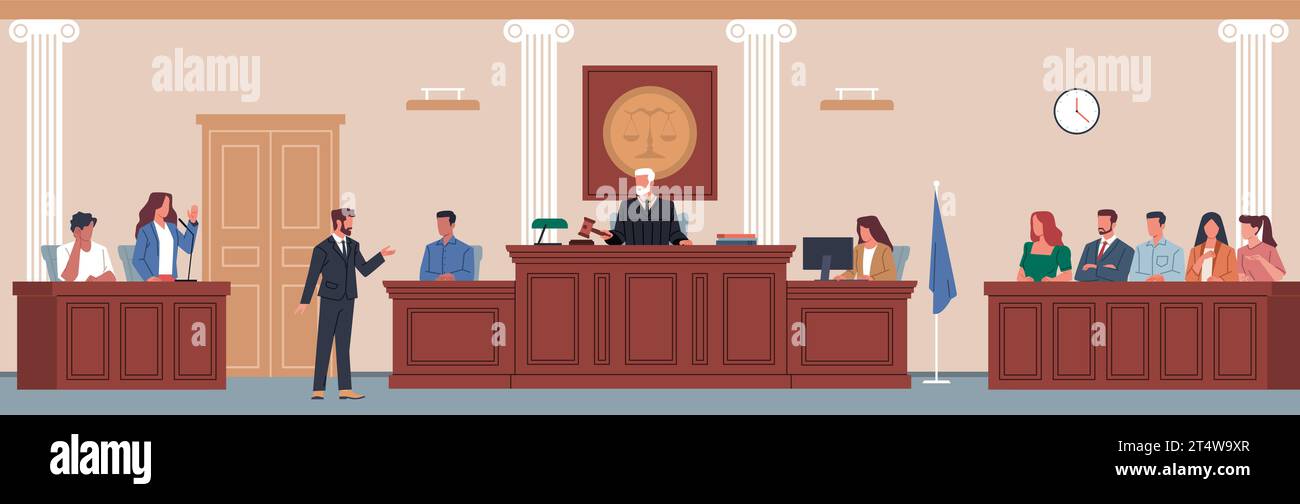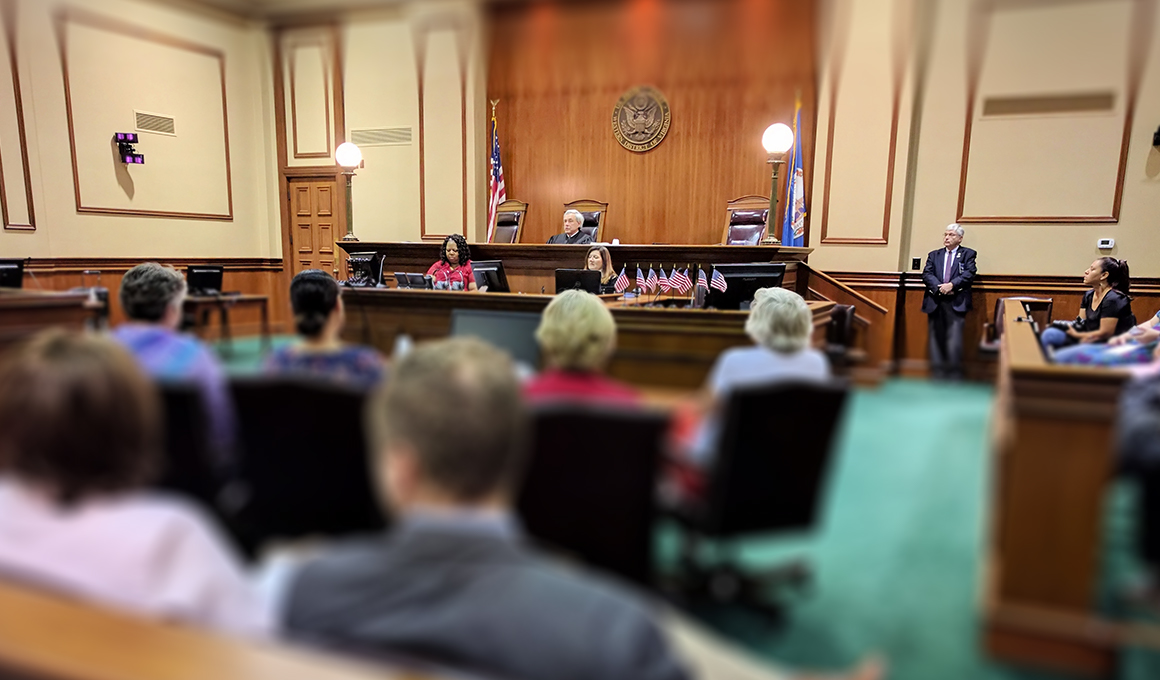Legal teams rely on powerful trial presentations to strengthen their cases.
Legal teams rely on powerful trial presentations to strengthen their cases.
Blog Article
Discover the Importance of Trial Presentations for Effective Lawful End Results
In the realm of litigation, the effectiveness of test discussions can typically be the crucial factor in safeguarding positive legal outcomes. As we discover the necessary elements of impactful trial presentations, one must consider exactly how these aspects intertwine to affect the final verdict.
Recognizing Test Discussions
Understanding trial discussions is vital for legal professionals seeking to successfully share their arguments and evidence to a jury. A trial discussion offers as an important device in the courtroom, changing intricate legal ideas and instance information into a meaningful narrative that jurors can quickly understand - trial presentations.
Moreover, the structure and delivery of a trial presentation can influence juror understandings and decision-making. Efficient presentations use a mix of narration, visuals, and convincing methods to involve jurors and preserve their interest throughout the trial. This requires precise planning and preparation, as each element must align with the case strategy and goals.
Furthermore, recognizing the emotional facets of juror actions is essential in crafting a successful test discussion. Lawyers have to take into consideration just how jurors analyze info, react to sob stories, and type prejudices. By addressing these variables, attorneys can produce discussions that resonate with jurors, inevitably assisting in the quest of justice.
Crucial Element of Effective Discussions
Effective trial presentations rest on a number of crucial elements that jointly improve their performance. Most importantly, clarity is vital; legal debates need to be articulated in a simple manner, staying clear of jargon that could perplex the jury. Speakers should structure their disagreements practically, directing the target market through the story in a meaningful sequence.

Aesthetic aids likewise play an essential function in reliable presentations. Properly designed slides, charts, and graphics can help distill intricate information and reinforce bottom lines, making them more remarkable. In addition, using storytelling strategies can engage the jury mentally, developing a link that goes beyond simple facts.
Another important aspect is the speaker's shipment design. Self-confidence, enthusiasm, and proper body language can dramatically impact how the message is gotten. Practicing effective eye contact and vocal variation keeps the jury attentive and purchased the discussion.

Effect on Court Perception
The impact of test presentations on jury understanding is extensive, as the way information is communicated can dramatically influence jurors' analyses and decisions. Jurors are tasked with assessing intricate details and making decisions based upon evidence provided throughout the test. Reliable discussions that use clear visuals, compelling stories, and organized material can improve jurors' understanding and retention of essential truths.
In addition, the psychological tone and distribution of the presentation play a crucial function in shaping jurors' mindsets. Presentations that resonate emotionally can create empathy and connection, swaying jurors toward the lawyer's viewpoint. Alternatively, a badly structured or overly technological presentation can cause complication and disengagement, leading to undesirable understandings of the situation.
Additionally, jurors frequently rely upon non-verbal hints, such as body language and eye contact, which can influence their rely on the presenter - trial presentations. Lawyers have to be acutely conscious of exactly how their presentation design can either More Help strengthen or undermine their debates. In recap, well-executed trial discussions are crucial for leading jury perception and inevitably influencing the outcome of lawful process
Strategies for Involving Storytelling
Crafting an engaging story is necessary for involving narration in the courtroom. A reliable tale ought to reverberate with jurors on an emotional degree while clearly detailing the truths of the case. Begin by developing a strong main theme that envelops the significance of the disagreement. This motif works as a leading thread throughout the discussion, helping jurors make connections and preserve info.
Utilizing character advancement is essential; humanizing the events involved allows jurors to understand with their experiences. Introduce vital figures early, supplying context and history to make them relatable. Furthermore, using a clear framework-- beginning with an engaging introduction, adhered to by an efficient body, and concluding with a powerful resolution-- guarantees the narrative flows logically and maintains juror rate of interest.
Including dazzling images and descriptive language can further enhance the story, producing mental photos that make the truths extra remarkable. Finally, the use of rhetorical questions can provoke thought and reflection, prompting jurors to actively engage with the narrative. By employing these techniques, attorneys can create stories that reverberate deeply, eventually affecting the court's decision-making procedure.
Enhancing Evidence With Visual Help
While offering proof in a trial, the combination of aesthetic aids can substantially boost understanding and retention among jurors. Visual help, such as graphes, graphs, photos, and videos, offer to make clear intricate info and create a more engaging story. By highlighting bottom lines, these devices assist jurors to draw Go Here links in between evidence and the case's overarching styles.
Additionally, visual help can streamline elaborate information that may otherwise bewilder or puzzle the court. For example, a timeline can successfully display the series of events, while a diagram can highlight partnerships or communications between events associated with the instance. This quality fosters better understanding and assists in informed consideration.
The tactical use of aesthetic aids additionally take advantage of description the visual learning choices of many jurors, making the offered evidence extra relatable and memorable. When jurors can envision facts, they are most likely to maintain critical details, leading to better-informed decisions.
Inevitably, effective test discussions that integrate aesthetic help not just strengthen the case however additionally empower jurors to involve proactively in the judicial process, promoting more fair legal outcomes. In recap, boosting evidence with visual aids is a crucial technique for successful test discussions.

Final Thought
In summary, trial discussions serve a crucial feature in the legal process by converting complicated lawful arguments into relatable stories for juries. Efficient presentations, identified by organized storytelling and aesthetic aids, dramatically enhance juror understanding and retention of info. By affecting jury understanding, well-crafted discussions ultimately add to a lot more favorable legal results. The critical use these techniques highlights the value of test presentations in the quest of justice and efficient campaigning for within the court room.
Report this page